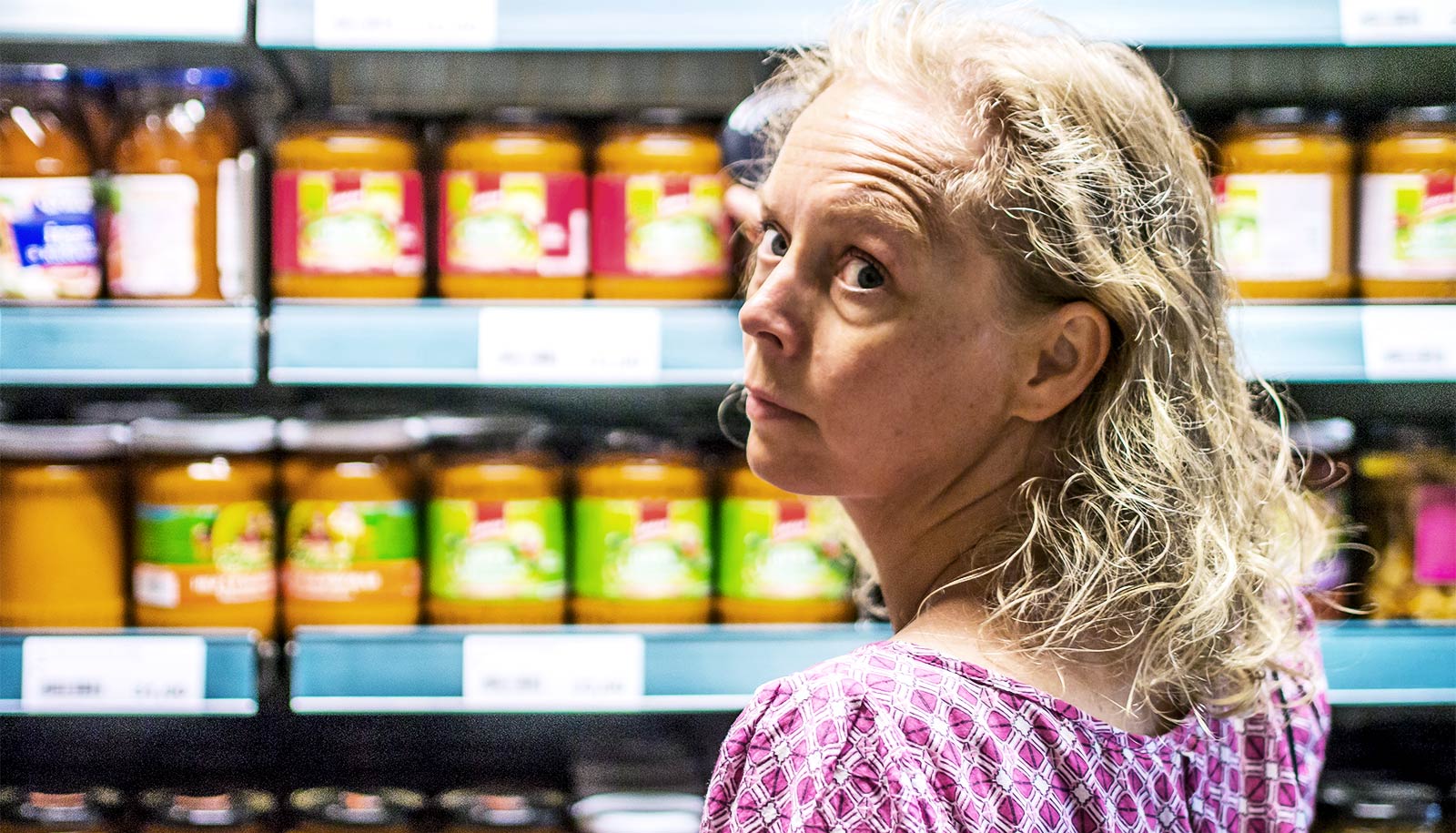New supermarkets don’t have much of an impact on consumption of fruits and vegetables in low-income communities, according to new research.
Smaller purveyors of produce such as mobile and farmers markets are the cream of the crop when it comes to increasing fruit and vegetable consumption.
That’s the takeaway of a literature review of studies conducted on new mobile produce markets, farmers markets, and grocery stores, and how each affected a key outcome: increasing produce consumption in under-resourced neighborhoods.
Better food options
The results point to the need for expanding mobile and farmers markets to improve the diets of people who live in low-income communities, says lead author Kelseanna Hollis-Hansen, a PhD candidate in community health and health behavior in the University at Buffalo’s School of Public Health and Health Professions.
“The review informs us that if the goal is to improve fruit and vegetable intake specifically, investing in smaller community-based retailers such as mobile produce markets and farmers markets is more effective,” says Hollis-Hansen, who is also a graduate research assistant in the pediatrics department in the Jacobs School of Medicine and Biomedical Sciences.
The finding that new grocery stores didn’t positively affect eating behaviors was particularly surprising to the research team. “In hindsight, it makes sense because there are thousands of items available in the grocery store that compete with fruit and vegetable purchases,” Hollis-Hansen says.
What shapes consumption of fruits and vegetables?
For this study, researchers reviewed the literature looking at studies that examined the impact of new food retail operations on fruit and vegetable consumption in lower income communities. The initial review returned more than 1,400 studies, of which 15 met the selection criteria.
In addition to reviewing for produce intake, Hollis-Hansen and her colleagues also assessed factors such as access and availability, affordability, accommodative programming—such as accepting Supplemental Nutrition Assistant Program Electronic Benefit Transfers as a method of payment—and the quality and selection of fruits and vegetables available for purchase.
Mobile produce markets have the most positive effects on fruit and vegetable intake because that’s precisely their purpose: to make healthy food options more accessible and affordable to low-income communities.
Conversely, Hollis-Hansen says, grocery stores rarely make healthy foods like fruits and vegetables more affordable to the customer. They also tend to stock more junk food and prepackaged processed foods that capture consumers’ attention.
Supermarkets should take more steps to better understand the needs of the shoppers who actually patronize the store, including having ongoing discussions with customers after the store has opened to ensure that it’s providing the foods shoppers need in a way that’s easy for them to access, according to Hollis-Hansen.
“While we understand the need for a business to profit to be sustainable, we hope this study encourages larger retailers to think about investing in the health of the people who buy their products, in addition to their profit margin,” she says.
Supporting mobile and farmers markets
The study also suggests some policy implications. For instance, in 2010 the Obama administration introduced the Healthy Food Financing Initiative, which provided government assistance to grocers and developers that opened healthy food retail operations in under-resourced communities.
Research, however, indicates that incentives for mobile and farmers markets may do more to plant the seeds of a healthy diet in low-income areas.
“One reason why mobile and farmers markets may be more effective is that they do more than just sell fresh produce. They also try to address other things that make it harder for people to eat healthfully,” adds senior author Lucia Leone, an assistant professor of community health and health behavior.
These include cooking demonstrations, nutrition education, recipes, and more. In addition, Leone says, mobile markets tend to be grant supported, which means they can offer price reductions for lower-income individuals. Both mobile and farmers markets may also participate in fruit and vegetable incentive programs.
“While these programs are sometimes available in supermarkets, they are less common,” Leone says. “And, of course, in the case of mobile markets, the transportation barrier is removed or reduced.”
The study appears in the journal Translational Behavioral Medicine.
Source: University at Buffalo


